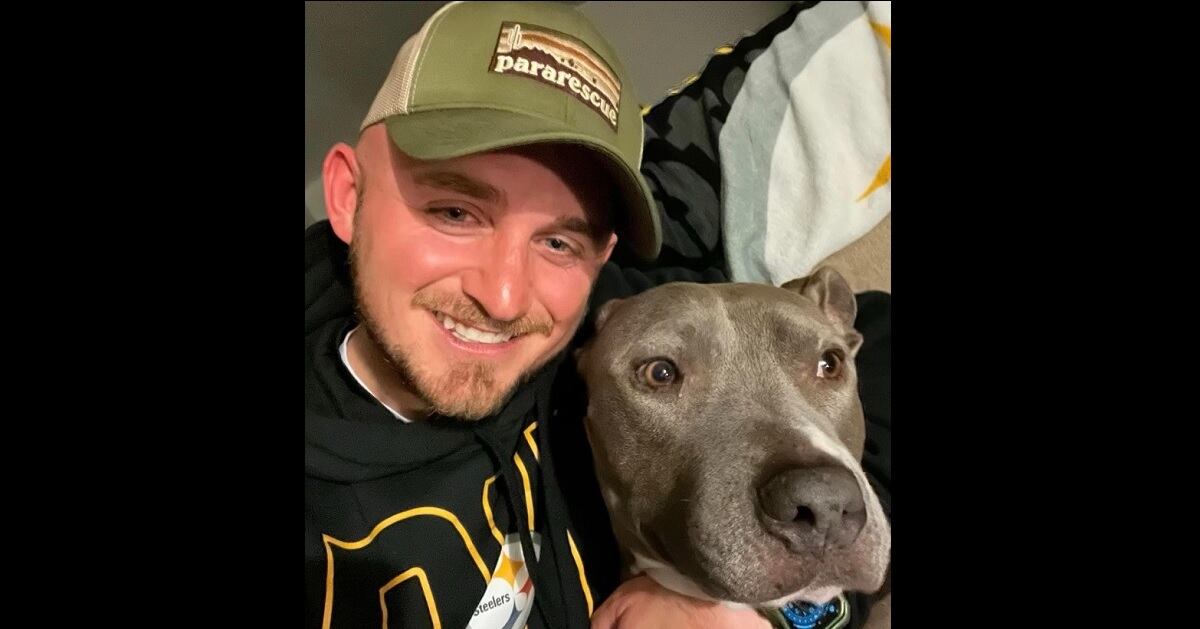An airman who was found dead during an Air Force training exercise in June died by drowning after an apparent heart attack, in what authorities ruled as an accident, according to civilian medical and law enforcement records obtained by Air Force Times.
Staff Sgt. Kory Wade, 33, a medical logistics technician with the 48th Rescue Squadron at Arizona’s Davis-Monthan Air Force Base, was reported missing June 14 at Roosevelt Lake — a vast manmade body of water that hosts military search-and-rescue drills.
The airman’s disappearance prompted a three-day search by local, state and federal authorities that ended when his body was recovered from the lake June 17.
RELATED

The Air Force announced Wade’s death the same day but has not disclosed further details about the circumstances.
“Wade was a model airman and consummate professional,” 355th Wing Commander Col. Scott Mills said in a statement at the time. “He will be deeply missed.”
Two reports prepared by county officials in Arizona, which Air Force Times obtained through public records requests, shed new light on the airman’s final hours.
Wade was last seen on a Jet Ski — which the military regularly uses in maritime search-and-rescue missions — before an Air Force training exercise at the lake, the Gila County Sheriff’s Office wrote in a Sept. 25 investigation report.
The search team found Wade’s body more than 100 feet underwater, about a mile from the nearest shoreline, according to a July 27 report by the Pinal County Medical Examiner.
“After … reviewing the course of events with several detectives and the medical examiner, it appears [Wade] was riding the Jet Ski and experienced a heart attack,” the sheriff’s report said.

Investigators concluded that Wade drowned because he was not wearing a life vest when the heart attack occurred, rendering him unable to tread water or otherwise stay afloat. It’s unclear whether he fell off of the machine and drowned, or if he drowned while swimming nearby, the sheriff’s report noted.
“The medical staff involved concluded the medical event did not kill [Wade],” the sheriff’s report said. “It is likely the heart attack is what prevented him from being able to swim.”
On the morning of June 14, Wade and his partner — an Air Force contractor whose name was redacted in the report — left Davis-Monthan with Jet Skis in tow for the exercise that afternoon, the contractor told the sheriff’s office.
“They were ahead of schedule, so they rode the Jet Skis around for a while,” the sheriff’s report said. “When the operation time was approaching, [redacted] was in position and [Wade] was riding around … close enough [that] he could get into position when the air units arrived.”
Other airmen hadn’t yet arrived by the time the exercise was supposed to start, so the contractor tried contacting them while Wade continued Jet Skiing, the contractor told investigators.
Several minutes later, the contractor noticed Wade’s machine was empty and stationary, and rode over to check on the airman, the report said.
“He noticed the kill switch/ripcord was missing and became concerned,” the report said.
At first, the contractor thought Wade might be pranking him. Then he realized he couldn’t find the airman and began calling for help.
The sheriff’s office was notified of a missing person around 2 p.m. local time on June 14, according to its investigation report.
A search party began scouring a 5-square-mile section of the lake, working inward toward coordinates of the lone jet ski’s location that Wade’s partner had provided to law enforcement, the sheriff’s office said.
Gila County dispatched a submersible drone to search underwater around 10:30 p.m. that evening; Air Force divers entered the water at 8 a.m. the next day. Helicopters scanned the shoreline while boat crews with sonar worked around the clock.
Though other airmen had been in the area, they “were to remain silent and did not have any communication equipment on as part of the training,” the report noted. “Members who were aware of the search were unable to make contact with them.”
Finally, Wade appeared on sonar on the morning of June 17. A drone recovered his body that afternoon.
The sheriff’s office was unable to play a corrupted file on a GoPro that Wade was wearing when he died, according to the report.
A June 19 autopsy found injuries in line with drowning, as well as two scrapes on Wade’s head and “severe coronary artery atherosclerosis,” the medical examiner’s report said.
Plaque buildup had narrowed one of Wade’s arteries by 80%, the report said.
While the medical examiner’s report does not specifically say that a heart attack occurred, the sheriff’s office said Wade died after “experiencing a heart attack, then drowning.”
The medical examiner told a medical provider assigned to review the autopsy that Wade had suffered a heart attack, according to the sheriff’s investigation report.
“I was informed … that there was deadening of the heart and a significant blockage in an artery,” the sheriff’s report added.
Wade was otherwise healthy and did not have drugs or alcohol in his system when he died, according to the autopsy.
Investigators said there was no indication that the Jet Ski was hit by another watercraft, or that foul play may have occurred.
“Digital forensic tech was able to determine where [Wade’s] Jet Ski appeared to have stopped being ridden for almost one hour,” the report noted.
While the Air Force has completed its own investigation into Wade’s death, the report is not yet finalized, according to spokespeople for Davis-Monthan and the Air Force Safety Center.
“Kory’s dedication to his job and unit were unparalleled, and every conversation with him felt like you were talking to a close friend you have had for years,” 48th Rescue Squadron commander Maj. Waseem Saed said at a memorial service in June. “His loss leaves a tremendous hole within the organization, and he will truly be missed by all who knew him.”
Unsure of his next steps after high school, Kory enlisted in the Air Force in 2008, his father Mike Wade told Air Force Times in an Oct. 5 interview.
Wade arrived at Davis-Monthan in April 2020, the base said in a press release in June. He had also served at Andersen AFB, Guam; Osan and Kunsan air bases, South Korea; Joint Base Anacostia-Bolling, Washington, D.C.; and JB San Antonio-Lackland and Sheppard AFB, Texas, according to his official service record.
Kory was a devout Pittsburgh Steelers fan and avid motorcyclist who had looked forward to cross-country trips together, his father said. He loved foreign cars and his gray-and-white pit bull, Kaiser.
And he delighted in his job as a medical materiel manager, where he ordered supplies for Air Force search-and-rescue units, his father said.
The rescue world, with its helicopters, Jet Skis and boats, was a “big boy’s playroom,” Mike Wade said.
In August, after the search teams had gone, Mike Wade returned to Roosevelt Lake to lay a wreath in the spot where his son’s body was recovered.
“I keep thinking it’s just a long dream that I need to wake up from,” he said.
Rachel Cohen is the editor of Air Force Times. She joined the publication as its senior reporter in March 2021. Her work has appeared in the Washington Post, the Frederick News-Post (Md.), Air and Space Forces Magazine, Inside Defense, Inside Health Policy and elsewhere.





